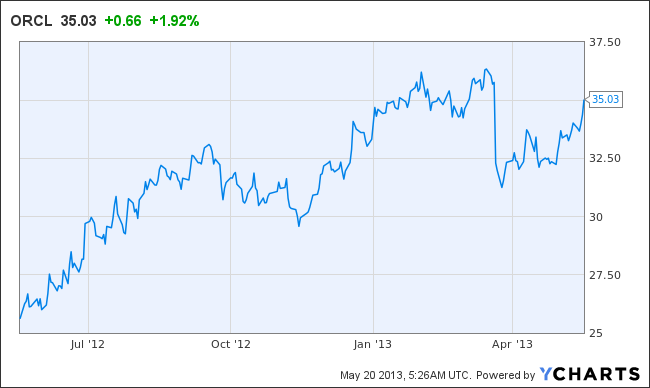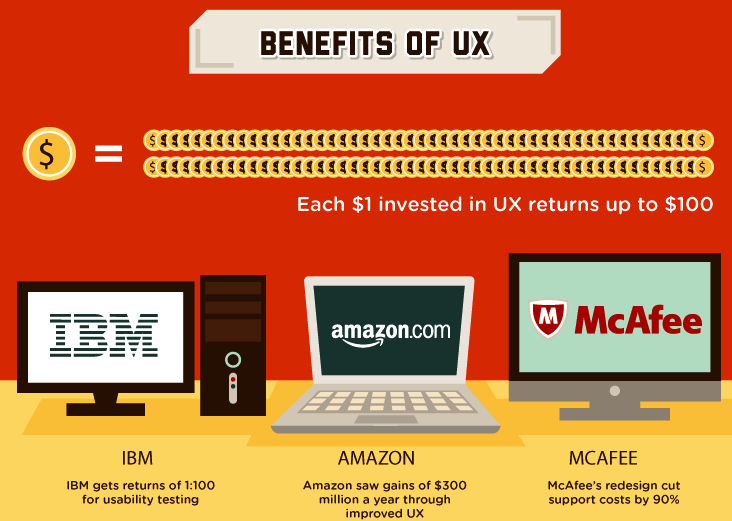by Sam Laird
The popularity of picture-based service Pinterest also makes it an increased target for scams, according to one online security expert who spoke to Mashable.
Pinterest’s simple, intuitive interface — fueling its popularity — also makes it an easier target for scammers than other social networks, says Catalin Cosoi, chief security researcher at the antivirus software provider BitDefender. Unlike Facebook or Twitter, where clever sentences and closed networks add obstacles for would-be scammers, a simple eye-catching photo can entrap imprudent Pinterest users and spread quickly.

“It’s very tricky because, so far, for Facebook and Twitter it’s quite easy to spot a scam — you have to install an app or follow a certain link,” Cosoi says. “With Pinterest, on the other hand, it’s only a picture you have to click on or re-pin.”
Most Pinterest scams so far involve surveys, and are the most common plots across all social media sites, according to Cosoi. A seemingly great offer for a discounted service or product will first ask users for personal information.
That personal information enables more directly targeted attacks and come-ons to unsuspecting users. (See gallery above for examples.)
“When a service is new and there are a lot of users joining, there’s a false sense of security,” Cosoi says.
So how can prolific pinners avoid becoming prey? Cosoi says to use extreme caution when providing personal or professional information — as opposed to tastes and favorites — online. He also recommends using link scanners and other malware-fighting tools.
Pinterest is aware of the spam and phishing challenges it will face with continued growth, and says addressing them quickly is a “tremendous priority.”
“Our engineers are actively working to manage issues as they arise and are revisiting the nature of public feeds on the site to make it harder for fake or harmful content to get into them,” a company spokesperson told Mashable in an email.
Pinterest isn’t the first social network to face security issues, though, and won’t be last.
“This is something we’ll see everyday,” Cosoi says. “As a service becomes more popular, malware writers and scammers will see if they can use the tool for bad, as well.”












